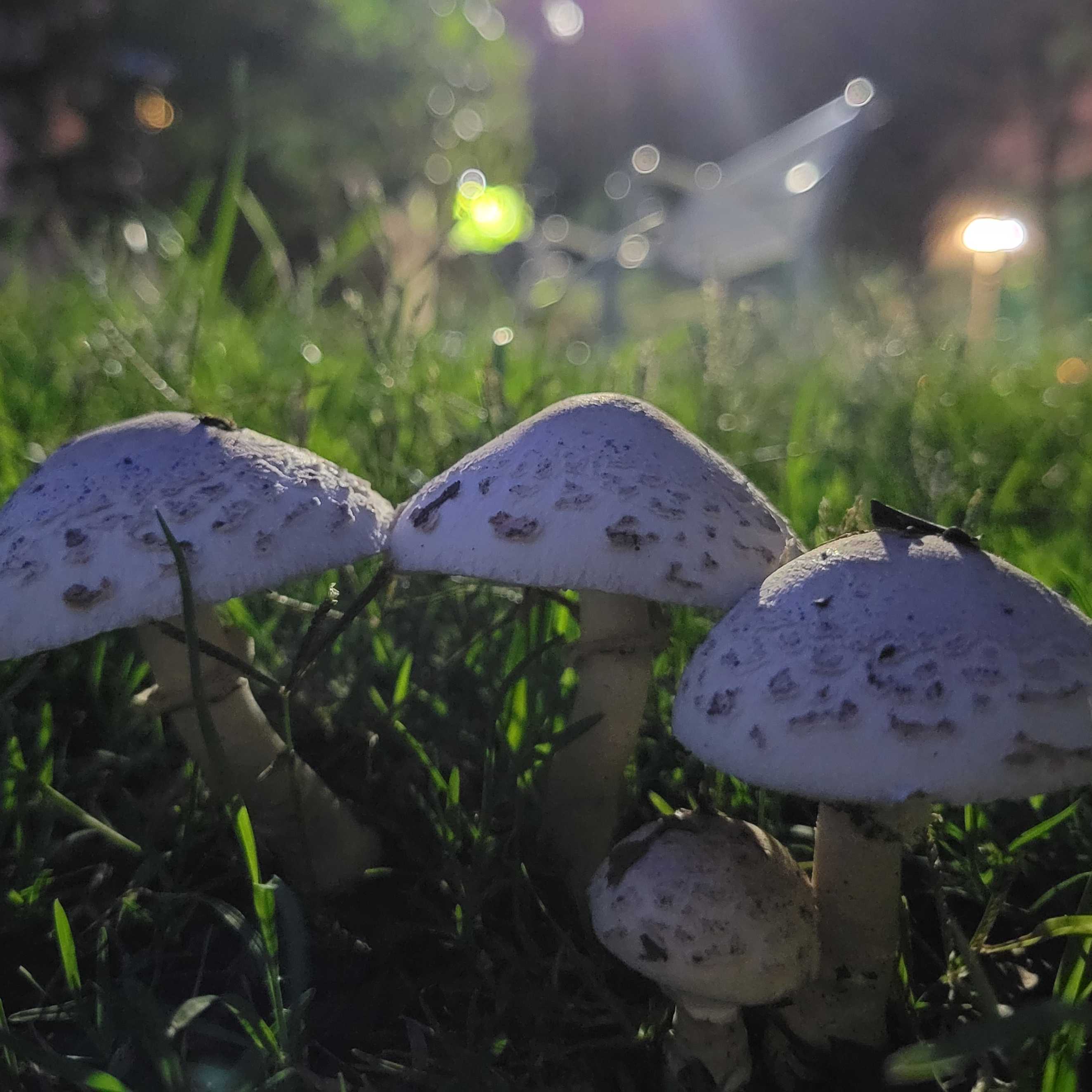Jun 07, 2023
Soil sample DNA extraction (SuperSoil)
- 1Kaohsiung Medical University;
- 2National Chung Hsing University, Taichung

Protocol Citation: Hsin-Mao Wu, Jie Hao Ou, Yin-Tse Huang, Yu-Hsuan Fan 2023. Soil sample DNA extraction (SuperSoil). protocols.io https://dx.doi.org/10.17504/protocols.io.rm7vzbzj2vx1/v1
License: This is an open access protocol distributed under the terms of the Creative Commons Attribution License, which permits unrestricted use, distribution, and reproduction in any medium, provided the original author and source are credited
Protocol status: Working
We use this protocol and it's working
Created: May 04, 2023
Last Modified: September 13, 2023
Protocol Integer ID: 81398
Keywords: soil, DNA extraction
Abstract
A method for fungal and bacterial DNA extraction.
Materials
1. Bead (ball mill)
| A | Diameter (mm) | Density (g/ml) | Amount (ml) | Catalog name | |
| Zirconia beads | 0.5 | 6 | 0.2 | CAAR-ZB-0.5-1000BX | |
| Zirconia beads | 1.0 | 6 | 0.2 | CAAR-ZB-1-1000BX |
2. Solution SD1 (Chaotropic)
| A | B | |
| w/w | ||
| sodium thiocyanate | 2.5% | |
| Na₂HPO₄ | 5% | |
| pH | ~8.4 |
3. Solution SD2
| A | B | |
| w/w | ||
| AlCl₃·6H₂O | 1.5% | |
| Ammonium acetate | 25% | |
| pH (Adjust with acetic acid) | 6.3 |
4. Solution SD3 (Chaotropic)
| A | B | |
| w/w | ||
| Guanidinium thiocyanate | 65% | |
| pH | ~7.0 |
Solution SEA (Wash buffer 1)
| A | B | |
| w/w | ||
| Ethanol | 50% | |
| Isopropanol | 10% | |
| Guanidine hydrochloride | 30% |
80% Ethanol (Wash buffer 2)
DEPC treated water (Elution buffer)
Safety warnings
- Solution SEA and Ethanol are flammable
- DO NOT add bleach or acidic solutions directly to the sample preparation waste.
Sample preparation & Cell lysis
Sample preparation & Cell lysis
2m
2m
Add 0.2 mL ⌀=1.0 mm zirconia beads, 0.2 mL ⌀=0.5 mm zirconia beads, 800 µL SD1 solution, 0.5 g Soil into a 1.5 ml microcentrifuge tube. Vortex briefly to mix.
Note
If the SD1 solution is precipitated, leave it at room temperature for 30 minutes, it will become transparent again.
Note
If the soil is too loose and fills up the whole microcentrifuge tube, you can separate them into 2 microcentrifuge tubes for the downstream workflow. And centrifuge 2 microcentrifuge tubes at the final step to merge them.
Note
If your sample is hard to lyse, you can try the following methods:
- After adding solution SD1, incubate at 65 ℃ for 10 minutes
- Add 3 additional stainless steel beads and use 2.0 ml screw vials for your samples
Homogenize samples using Vortex-Genie® 2 with SI-H524 Horizontal microtube holder. Vortex at maximum speed for 00:04:00
Note
Be careful when removing the microcentrifuge tube from the holder. Press the lid and slowly loosen the tube with another hand.
4m
Centrifuge the 1.5 ml microcentrifuge tube at14000 rpm, 25°C, 00:02:00
2m
Inhibitor precipitation
Inhibitor precipitation
2m
2m
Add 200 µL SD2 solution to a clean 1.5 ml microcentrifuge tube.
Transfer 500 µL supernatant to the tube in the previous step. Vortex 00:00:05 for mixing.
Note
White precipitate forms.
If too much AlCl3 (CD2) is added, it will cause all the DNA to be precipitated along with the inhibitory substances.
Note
If there is any suspended substance, you can use P200 and turn it to 150 μl and suck the supernatant up 3 times.
5s
Centrifuge at14000 rpm, 25°C, 00:02:00
2m
DNA binding
DNA binding
2m
2m
Add 600 µL SD3 solution to a clean 1.5 ml microcentrifuge tube. Avoiding the pellet, transfer up to 700 µL of supernatant from the previous step to that tube. Vortex 00:00:05 for mixing.
Note
If Solution CD3 has precipitated, heat at 60°C until the precipitate dissolves.
5s
Take 650 µL to spin column (with collection tube) and centrifuge at14000 rpm, 25°C, 00:02:00
2m
Discard the flow-through and repeat step 8 to ensure all the lysates have passed through the spin column.
Carefully place the spin column into a clean 2 ml collection tube. Avoid splashing any flow-through onto the spin column.
Wash
Wash
7m
7m
Add 500 µL of Solution SEA to the spin column. Centrifuge at 14000 rpm, 25°C, 00:02:00
Note
Solution SEA may leaks or suck back causing contamination.
2m
Discard the flow-through and return the spin column to the same 2 ml collection tube.
Add 500 µL 80% ethanol to the spin column. Centrifuge at 14000 rpm, 25°C, 00:02:00
Note
Ethanol may leaks or suck back causing contamination.
2m
Discard the flow-through and place the spin column into a new 2 ml collection tube.
Centrifuge at 14000 rpm, 25°C, 00:03:00 Carefully place the spin column into the new 1.5 ml microcentrifuge tube
Note
Ethanol can interfere with downstream DNA applications, such as PCR, restriction digests, and gel electrophoresis. Make sure to centrifuge for 3 minutes.
3m
Elute
Elute
2m
2m
Add 50 µL RNase-free water (DEPC-treated water) to the center of the white filter membrane.
Note
Alternative for RNase-free water: TE(Tris-EDTA) buffer
Centrifuge at 14000 rpm, 25°C, 00:02:00 Discard the spin column. The DNA will be in the microcentrifuge tube.
2m
Quality and quantity assessment
Quality and quantity assessment
Use BioTek Take3 & Take3 Trio Microvolume Plates to measure the quality and quantity of your specimens. And then upload them to Google Drive (1 MolecularWork (Direct edit) 分生實驗號碼 (直接編輯) w_ Primer list)
Protocol references
Protocol

NAME
SuperSoil - Soil DNA ExtractionCREATED BY
Jie Hao Ou
